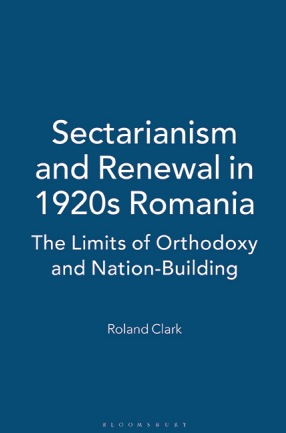Sectarianism and Renewal in 1920s Romania
Editorial: Bloomsbury Academic
Licencia: Creative Commons (by-nc-nd)
Autor(es): Clark, Roland
The Romanian Orthodox Church expanded significantly after the First World War, yet Protestant Repenter and schismatic Orthodox movements such as Old Calendarism also grew exponentially during this period, terrifying church leaders who responded by sending missionary priests into the villages to combat sectarianism. Several lay renewal movements such as the Lord's Army and the Stork's Nest also appeared within the Orthodox Church, implicating large numbers of peasants and workers in tight-knit religious communities operating at the margins of Eastern Orthodoxy. Bringing the history of the Orthodox Church into dialogue with sectarianism, heresy, grassroots religious organization and nation-building, Roland Clark explores how competing religious groups in interwar Romania responded to and emerged out of similar catalysts, including rising literacy rates, new religious practices and a newly empowered laity inspired by universal male suffrage and a growing civil society who took control of community organizing. He also analyses how Orthodox leaders used nationalism to attack sectarians as 'un-Romanian', whilst these groups remained indifferent to the claims the nation made on their souls.
[London: 2020]
Compartir:
Una vez que el usuario haya visto al menos un documento, este fragmento será visible.


